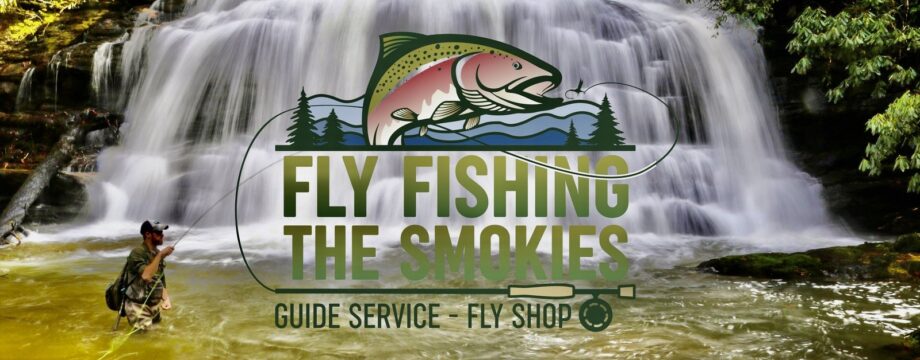
Late August Fly Fishing Report – Fly Fishing the Smokies
As summer winds down in the Great Smoky Mountains and western North Carolina, anglers are greeted with cool mornings, lush green forests, and the refreshing sounds of mountain streams. Late August is one of the most peaceful times to be on the water—kids are headed back to school, crowds thin out in the National Park, and anglers often find stretches of stream all to themselves. With cooler nights and the beginning of shorter days, trout are becoming more active and feeding steadily, especially in shaded stretches and high-elevation streams.

Great Smoky Mountains National Park
Favorite Streams Right Now
- Deep Creek – Flowing out of Newfound Gap, Deep Creek holds excellent populations of rainbow and brown trout in its middle and lower sections, while brook trout dominate the headwaters. Late summer mornings with terrestrials like beetles and ants can produce explosive strikes along the banks.
- Noland Creek – Often overlooked, this quiet creek fishes very well in August. Its shaded runs keep the water cool, and anglers can find a healthy mix of rainbows and brookies.
- Oconaluftee River – The “Luftee” remains one of the park’s premier destinations in late August. Its deep pools and pocket water make it a favorite for both dry flies and nymphing. The upper reaches near Smokemont are particularly scenic and productive.
- Little River – One of the most popular streams in the park, Little River fishes best in the mornings and evenings now. Browns are beginning to move in anticipation of fall, making streamer fishing a fun and effective choice.
- West Prong of Little River – Smaller water, perfect for anglers seeking solitude. It’s full of eager rainbows and brook trout, and fishes very well with dry flies.
- Ramsey Prong – A high-elevation gem. Its tumbling cascades and plunge pools provide great brook trout action in late August, with terrestrials and small attractor dries being the ticket.

Nantahala River – North Carolina
The Nantahala River is a true jewel of southern Appalachian trout fishing. Recognized as one of Trout Unlimited’s Top 100 Trout Streams in America, the Nantahala offers world-class fishing opportunities year-round.
- Upper Nantahala – A wild and scenic freestone section full of fast runs and pocket water, best for anglers who love technical dry-dropper fishing. Rainbows and browns are abundant, and native brookies can be found in the headwaters.
- Lower Nantahala (Tailwater) – Known for its icy-cold water, even in the dog days of August. This bottom-release tailwater stays in the low 50s year-round, providing perfect trout habitat. Here, anglers encounter large rainbows and browns that feed steadily all summer long. Nymphing deep pools and runs with small mayfly or caddis imitations is especially productive, while streamer anglers can move some very big fish.
The cold water and steady flows of the lower Nantahala make it one of the most consistent late-summer trout fisheries in the region.
Hatch Chart – Late August
- Blue Winged Olives – #18–22
- Sulphurs (late season) – #16–18
- Caddis (tan & olive) – #14–18
- Terrestrials (ants, beetles, hoppers) – #12–18
- Yellow Sallies – #14–16
- Midges – #20–2
Recommended Fly Patterns
- Dry Flies: Parachute Adams (#16–20), Yellow Stimulator (#14–16), Elk Hair Caddis (tan/olive, #14–18), Foam Beetles and Ants (#12–16), Grasshopper patterns (#10–12).
- Nymphs: Pheasant Tail (#16–20), Hare’s Ear (#14–18), Prince Nymph (#14–16), Copper John (#16–18), Zebra Midge (#20–22).
- Streamers: Woolly Bugger (olive/black, #6–10), Sculpin patterns (#6–8), Zonkers.
Fly Fishing the Smokies Guide’s Tip
Late August is all about timing and location. Focus on early mornings and late evenings for the best action. Midday fishing can still be productive if you move higher into shaded creeks or focus on the cool tailwaters like the Nantahala. Carry plenty of terrestrials—ants, beetles, and hoppers are the stars of the season, and trout will often ignore mayflies in favor of these high-protein meals.
When fishing the Nantahala’s lower tailwater, don’t hesitate to get your flies down deep—the trout are there, feeding steadily in the colder flows.
